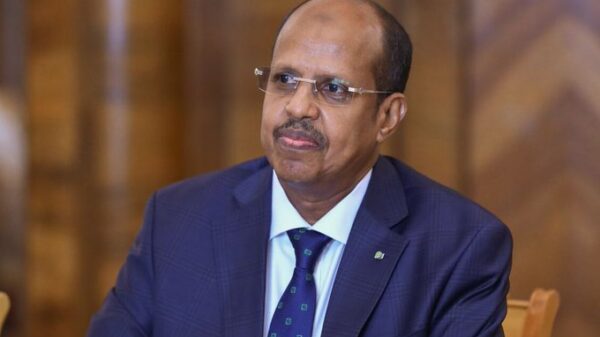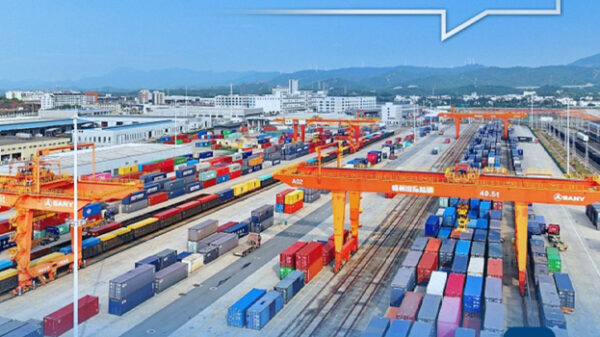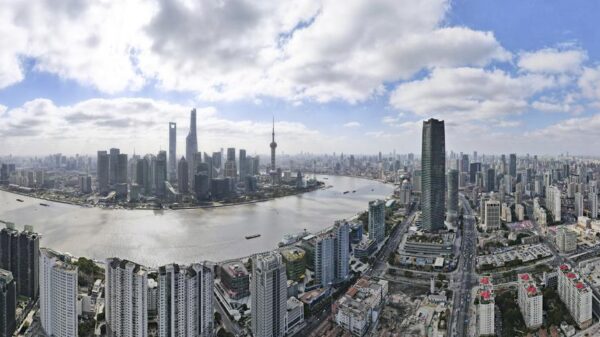
Donald Trump has threatened to tear up or renegotiate international free trade agreements in order to protect US jobs/AFP-File
LIMA, Peru, Nov 17 – Top world leaders meet from Thursday to try to save their cherished free trade accords from feared extinction under US President-elect Donald Trump.
Here are three big factors looming over the Asia-Pacific Economic Cooperation (APEC) summit from Thursday to Sunday in Lima, Peru.
Trump effect
Trump has cast uncertainty on the postwar world order with his vows to tear up or renegotiate international free trade agreements in order to protect US jobs.
This particularly concerns the 21 members of APEC, which account for nearly 60 percent of the global economy and 40 percent of the world’s population.
The world will look to the summit for “a strong statement” to counter Trump’s anti-trade arguments, said Eduardo Pedrosa, secretary general of the Pacific Economic Cooperation Council.
Economists expect Trump to make protectionist moves that they say may strengthen his country’s economy in the near term but could threaten global growth.

The United States negotiated the TPP with 11 Pacific Rim countries, but the agreement’s implementation has been stalled by the US Congress, which has not ratified it/AFP-File
“If such measures materialize, trade tensions would certainly increase, with trade war a possible worst case scenario,” the Institute of International Finance said in a report.
Outgoing US President Barack Obama sought to “rebalance” trade towards deals with Asia and the Pacific.
But Trump has rejected Obama’s signature trade initiative in the Asia-Pacific region, the Trans-Pacific Partnership (TPP), as a “terrible deal.”
Asia-Pacific security
As well as taking aim at free trade, Trump has questioned the US role as the “policeman of the world.”
Allies such as Japan and South Korea are worried Trump will cut back the US military, economic and diplomatic presence in the region.

Russian Foreign Minister Sergey Lavrov (C) and US Secretary of State John Kerry (R) leave after their bilateral meeting at the APEC Ministers Summit in Lima, Peru on November 17, 2016/AFP
They fear that could leave them exposed to a dominant China and belligerent North Korea.
Trump has caused concern in the region by suggesting Japan and South Korea get nuclear weapons to defend themselves.
He has embraced Russian President Vladimir Putin, widely mistrusted by Obama and his allies.
US Secretary of State John Kerry sought to send reassuring signals in a series of meetings with regional counterparts Thursday, including with Japanese Foreign Minister Fumio Kishida.
Kerry underlined “the continued strength of our partnership and alliance with Japan, the cornerstone of US engagement with the Asia-Pacific region,” said Deputy Spokesperson Mark Toner.
The summit officially opens Thursday evening. Obama, Putin and China’s President Xi Jinping are each scheduled to give addresses on Saturday. The leaders hold their key meeting on Sunday.
The Latin American leaders in the room, including Mexican President Enrique Pena Nieto, will also be looking nervously to the new US administration.
On the campaign trail, Trump insulted Mexican immigrants as “criminals” and “rapists.” He vowed to build a border wall with Mexico to keep out illegal migrants and threatened mass deportations.
China
China will meanwhile be pushing its own proposed trade deals to gain an edge over the United States in the battle for regional influence.

Disputed claims in the South China Sea/AFP
“The economic landscape in the Asia Pacific is changing rapidly, with China increasingly taking a regional leadership role,” wrote Rajiv Biswas, Asia-Pacific chief economist at research group IHS Global Insight.
China was pointedly excluded from the 12-member TPP. But due to Trump’s refusal to endorse the deal, Biswas said, “the TPP agreement has shifted from being a lame duck to a dead duck.”
Instead, China proposes an APEC-wide Free Trade Area of the Asia-Pacific (FTAAP) and a 16-member Regional Comprehensive Economic Partnership (RCEP), which includes India but not the United States.
In Asia, where an industrial boom fueled by globalization has lifted millions of people from poverty, strong appetite for such deals means they will likely move ahead with or without the US.
Australia’s trade minister, Steven Ciobo, told the Financial Times on Wednesday his country is keen to get on board with the Chinese-backed proposals now that TPP looks doomed.
“Any move that reduces barriers to trade and helps us facilitate trade, facilitate exports and drive economic growth and employment is a step in the right direction,” he said.














































